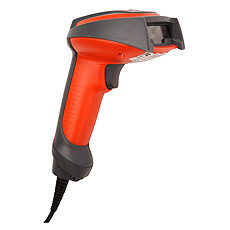Difference between revisions of "Pour Point Process Analyzers"
m |
|||
| Line 1: | Line 1: | ||
[[Category:Analyzing]]{{Knoppen}} | [[Category:Analyzing]]{{Knoppen}} | ||
[[File:Pour point process analyzers.jpg|thumb|right|Pour Point Process Analyzer]] | [[File:Pour point process analyzers.jpg|thumb|right|Pour Point Process Analyzer]] | ||
'''Pour Point Process Analyzer''' determines the pour point of mineral oil products according to the conditions described in the international norms DIN/ ISO 3016 and ASTM D-97.A sample which has been previously prepared ,filtered and with water removed is warmed up and then cooled according to the procedure described in the standard method in temperature steps of 3 °C. The lowest temperature at which the smallest movement of the sample can be detected is defined as the pour point temperature. | '''Pour Point Process Analyzer''' determines the pour point of mineral oil products according to the conditions described in the international norms DIN/ ISO 3016 and ASTM D-97.A sample which has been previously prepared ,filtered and with water removed is warmed up and then cooled according to the procedure described in the standard method in temperature steps of 3 °C. The lowest temperature at which the smallest movement of the sample can be detected is defined as the pour point temperature. | ||
Latest revision as of 06:09, 11 March 2014
Pour Point Process Analyzer determines the pour point of mineral oil products according to the conditions described in the international norms DIN/ ISO 3016 and ASTM D-97.A sample which has been previously prepared ,filtered and with water removed is warmed up and then cooled according to the procedure described in the standard method in temperature steps of 3 °C. The lowest temperature at which the smallest movement of the sample can be detected is defined as the pour point temperature.
The pour point of a liquid is the lowest temperature at which it becomes semi solid and loses its flow characteristics. In crude oil a high pour point is generally associated with a high paraffincontent, typically found in crude deriving from a larger proportion of plant material.
Also, the pour point can be defined as the minimum temperature at which a liquid, particularly a lubricant, will flow.
The pour point is the temperature below which a liquid sample will not flow. Jet fuels, diesel fuels, and household fuel oils usually contain small amounts of dissolved waxes which, if they precipitate, could plug fuel filters and fuel pumps. The Pour Point Process Analyzers are on-stream Analyzers designed for closed-loop process control. It accurates pour point determinations for diesel, lube and heating oil production.
